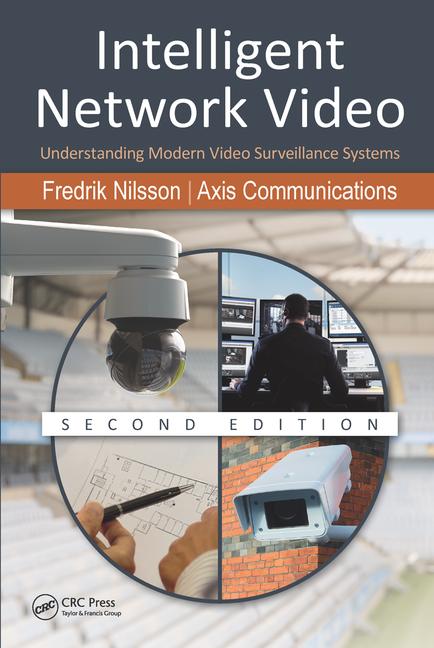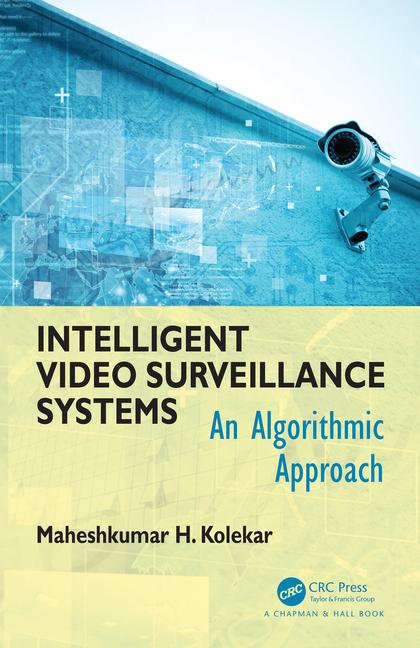Video Surveillance for Higher Education
Keeping college and university campuses safe and secure benefits students, parents, educators, college administrators and the general public. Campus crime reporting requirements of the Crime Awareness and Campus Security Act, also known as the Clery Act, ensure wide availability of information that reflect the effectiveness of campus security efforts. Compliance with crime reporting requirements are a condition of receiving federal student financial aid, and public availability of campus crime statistics can raise the anxiety of parents sending their children to live away from home. It can even negatively impact a college's recruitment efforts. Effective campus security can help to keep crime numbers low. Controlling campus violence also limits possible costs of liability if an incident occurs.
Students leaving home to attend college may face anxiety; parents definitely want assurances of campus safety. Colleges and universities encounter more complex security issues than K-12 institutions, because the students they protect are older. For example, college or university security teams are much more likely to face incidences of more serious crimes.
Video surveillance is a useful tool to provide real-time information to campus police and administrators about what's going on in the multiple buildings and remote corners of a sprawling college campus. Numerous video cameras can connect to a college's information technology network using Internet Protocol (IP) to supply video images from across the campus. Some systems can transform those video images into useful information to ensure the highest level of security, prevention and responsiveness in case of an incident, enabling campus police to be proactive rather than reactive.
Let's consider the ways a high level of video awareness and functionality can be helpful to colleges and universities.
Residence halls. The new “home away from home” for students should ideally provide all the comforts of home, including safety and security. Going from a family setting to one that includes vastly more people, sometimes with conflicting personal values, can provide a stark contrast for new students. Video systems can both promote a secure environment and provide campus police and administrators real-time information of what's going on.
Controlling access. Monitoring who comes and goes is useful for preventative security. In the case of an open campus, controlling access may be difficult, but video provides an early warning if something is amiss. Access to camera views from all over the campus are as close as the nearest computer, or they can even be viewed on hand-held devices such as smart phones.
Campus size and location. A geographically large campus increases the need for video surveillance of remote sites from a centralized locale. University and college systems are now often integrated with campus call stations to provide rapid access to video cameras. Large campuses are also more likely to use maps to identify a camera's location. Location of a campus in an urban setting increases the likelihood that crime might spill into the campus from surrounding areas. In some cases, public streets go right through the middle of a campus, or parts of a campus might not be contiguous in an urban area.
Protecting campus facilities. Beyond student safety, property losses can be costly for a college or university. Networked video can watch buildings 24 hours a day, seven days a week, indoors or outdoors. Real-time video alerts can enable administrators and campus police to intervene during an incident, and video management systems provide investigation tools to help them easily learn exactly what happened after the fact. Security can be kept in the “background” using automation to set up triggers to notify them in case of an incident. Fast changes in front of a camera can indicate a break-in or vandalism, and video analytics enable such changes to trigger notification of administrators. Preventing incidents of vandalism keeps maintenance costs low.
A video system for a college or university should be easy to use and should be responsive and helpful if the worst case scenario should happen.
Looking for a reprint of this article?
From high-res PDFs to custom plaques, order your copy today!







